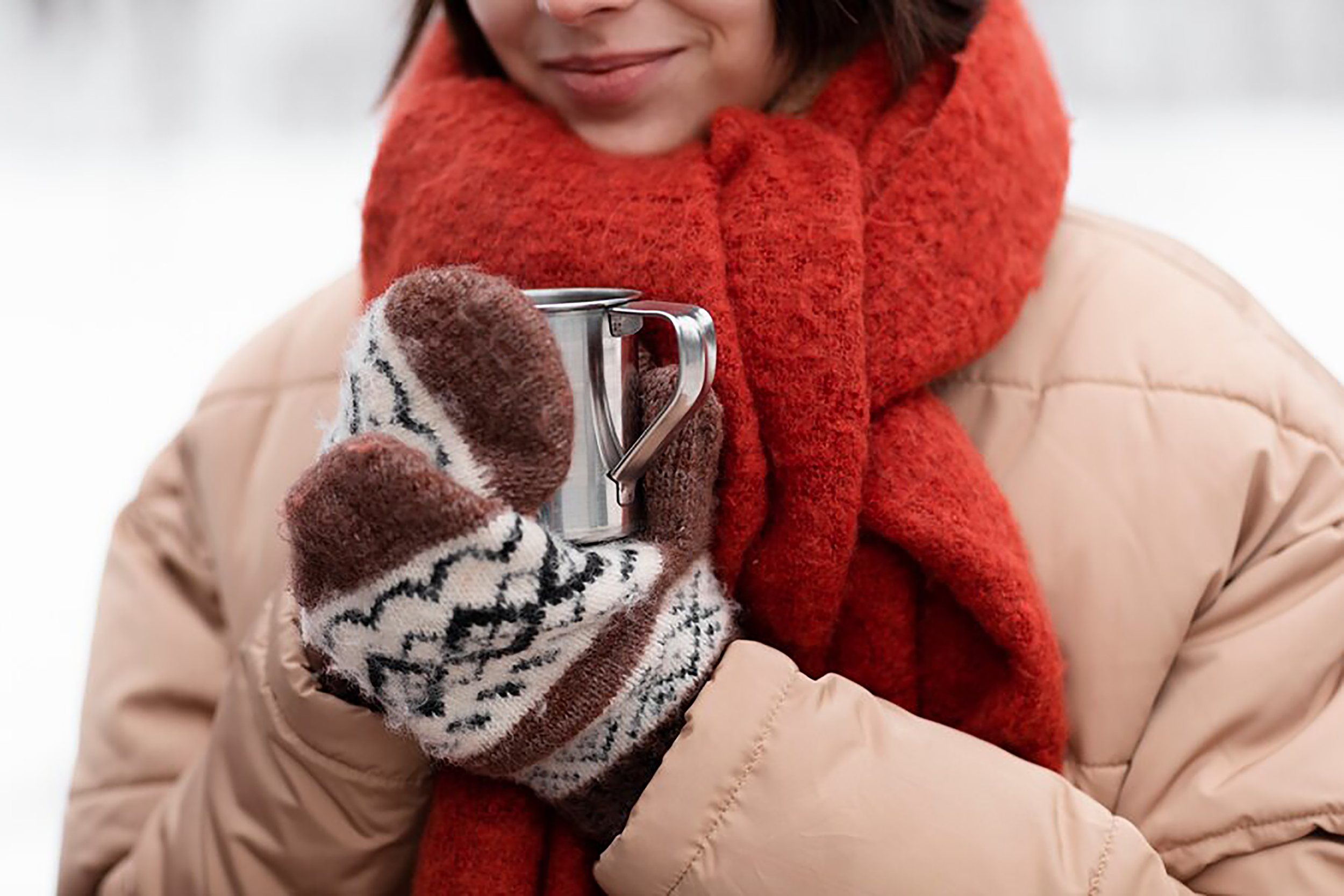Navigating the Winter Chill Understanding and Preventing Chilblains
Being aware of the causes and signs of chilblains enables us to take preventative action in the winter.

When winter lays its icy grip on us, some seasonal health problems go hand in hand with the beauty of winter and cozy nights by the fireplace. One such concern is a condition known as chilblains, which affects the extremities after prolonged exposure to cold and damp conditions. Since chilblains may cause severe irritation, itching, and redness throughout the winter, it is essential to understand how to prevent and cure them. Let's investigate the world of chilblains, discovering what they are, why they happen, and most importantly, how to prevent them.
What are Chilblains?
Chill blizzards, also known as chill blains, are a type of localized inflammatory skin ailment that appears on the skin when it comes into contact with damp, cold air. Typically, they impact the extremities, encompassing the fingers and toes, and they are more common in those with compromised circulation. Although they are usually not harmful, chilblains can be quite uncomfortable and bothersome.
Why Do Chilblains Occur?
Chills can occur when the skin is exposed to low temperatures and then swiftly warmed back up. This sudden change in temperature can cause the microscopic blood vessels under the skin to swell quickly, leading to inflammation. The exact cause is a combination of human sensitivity, cold exposure, and humidity.
Symptoms to Watch For:
Itching and Burning Sensation: There may be severe itching in the afflicted regions, along with a burning feeling. The skin's inflammation and irritation from the expanded blood vessels is what causes the itching and burning feeling. The afflicted regions may also feel sensitive to the touch and have a reddish-purple appearance.
Red or Purple Swellings: Skin discolorations on the fingers, toes, nose, or ears can range in hue from red to purple. These purple or red swellings are a typical sign of chilblains and are brought on by inadequate blood flow to the afflicted regions. Seeking medical assistance is crucial if these symptoms increase or continue, as chilblains can cause problems including ulceration or infection.
Swelling and Inflammation: Discomfort may result from skin swelling and visible inflammation. The afflicted parts may be difficult to move or utilize due to the edema and irritation. It might result in further issues including limited movement or tissue damage if left untreated. Consequently, for an accurate diagnosis and course of therapy, it is crucial to speak with a healthcare provider.
Blisters or Ulcers: Blisters or ulcers may form as a result of severe chilblains. These sores or blisters may hurt and raise the possibility of infection. If blisters or ulcers appear, it's imperative to consult a doctor since prompt care is required to stop more problems and encourage recovery.
Treatment Approaches:
Gradual Warming: Steer clear of abrupt heating if chilblains appear. Soak the afflicted regions in warm (not hot) water to gradually reheat them.
Topical Creams: Itching can be relieved with anti-itch creams and lotions.
Refrain from Scratching: Despite how alluring it may be, scratching can exacerbate chilblains. To lessen irritation, keep the afflicted regions hydrated.
Medical Attention: If you have severe chilblains with open sores or other infection-related symptoms, you should get medical help.


